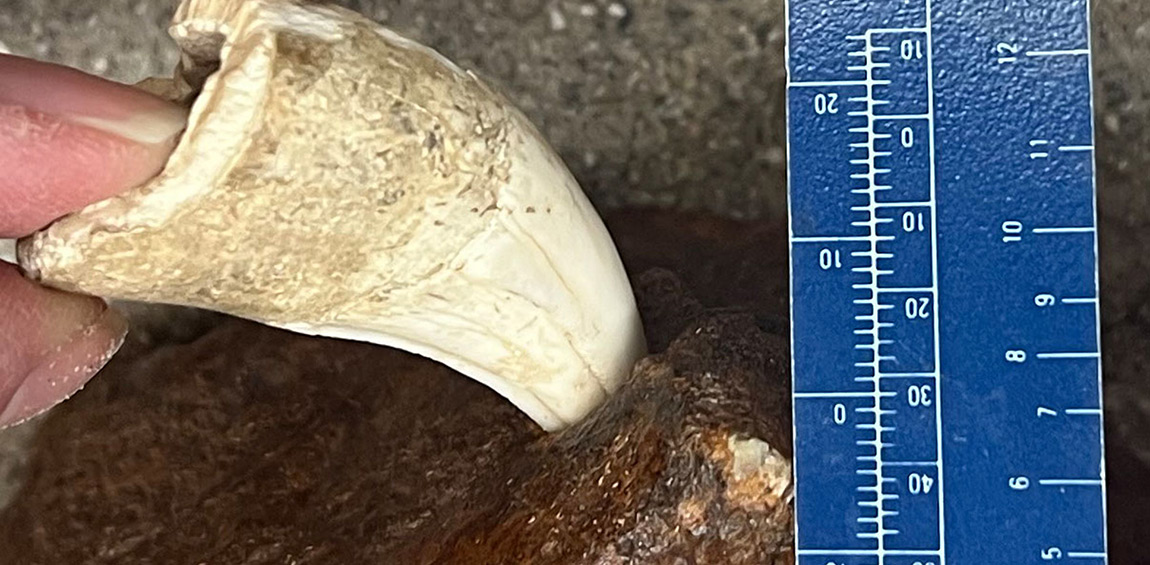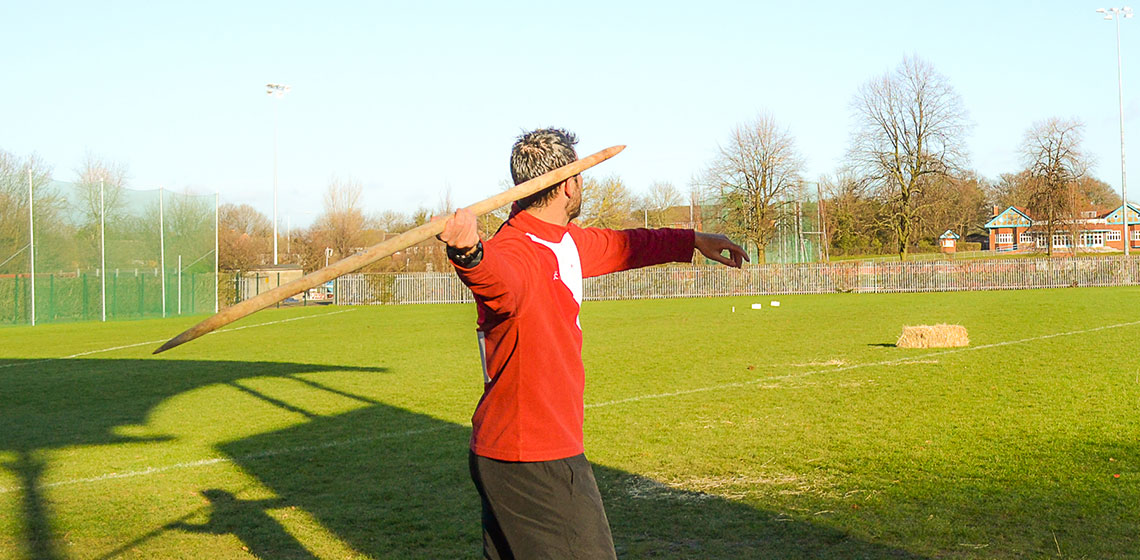spear
Simulating Organic Projectile Point Damage to Bison Pelves
Publication Date
A large Bison sp. pelvis was discovered eroding out of shoreline sediment at American Falls Reservoir in Bingham County, Idaho in 1953. The ischium section had a unique groove and perforation with a depth of 35 mm and 10 mm in diameter. The pelvis was X-rayed in 1961 for indicators of the origin of the damage, but it could not be ascertained, and human agency could not be ruled out. For the research presented here, the pelvis was CT scanned to look for any foreign material in the perforation and to determine the three-dimensional structure...
Throwing Stick to Spear Thrower - Study of Ethnographic Artefacts and Experimentation
Publication Date
Little is known about the process of the invention of the prehistoric spear thrower which appeared around 25,000 years ago in Europe, although it may have emerged earlier on other continents. This innovative weapon had a late arrival in Australia from Papua New Guinea at the end of the late glacial maximum, and probably induced an adaptation in hand throwing spear technology used by local people. But could the spear thrower have also originated independently from older prehistoric technology on this continent?
Skills Shortage: A Critical Evaluation of the Use of Human Participants in Early Spear Experiments
Publication Date
Hand-delivered spears are the earliest clear hunting technology in the archaeological record, with origins from 400,000 years ago, before the evolution of our own species. Experimental archaeological approaches to early weaponry continue to grow, and both controlled and naturalistic experiments are making significant contributions to interpreting such technologies...



